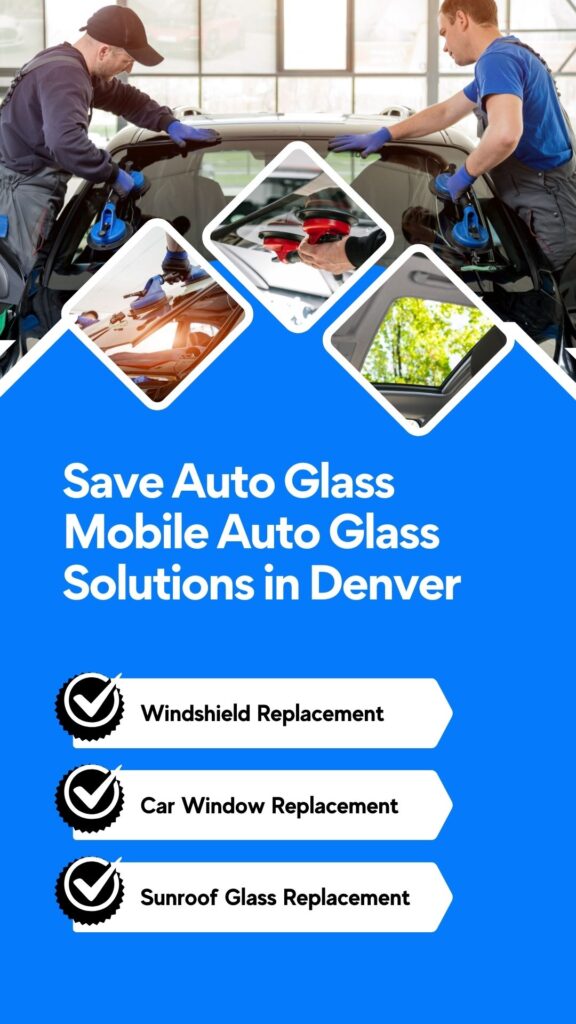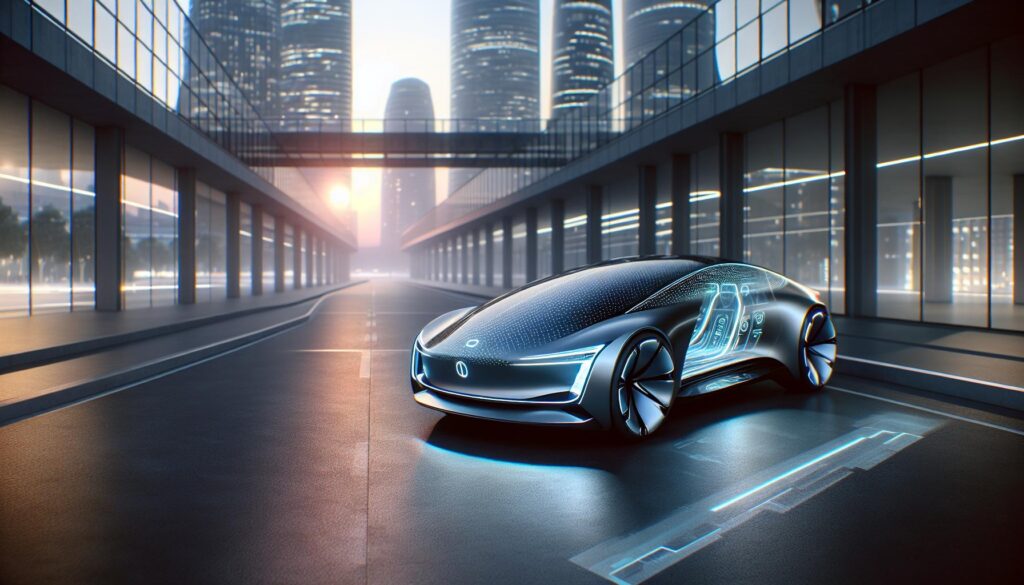Revolutionizing Auto Glass: The Road to 2025
The auto industry is constantly evolving, and vehicle safety remains at the forefront of these advancements. With 2025 rapidly approaching, the world of auto glass is seeing transformative changes. These innovations not only improve safety but also integrate technology in unprecedented ways.
Advanced Driver Assistance Systems (ADAS) Integration
One of the most significant innovations in the auto glass industry is the integration with Advanced Driver Assistance Systems (ADAS). ADAS technology helps prevent accidents by alerting drivers of potential hazards. For these systems to be effective, they require precise data, which is increasingly gathered from sensors in windshields. As we move towards 2025, expect to see more vehicles equipped with windshields that integrate ADAS sensors and cameras.
For drivers, this means not just safer rides, but also less wear and tear on the vehicle. Ensuring these systems are functioning correctly necessitates proper windshield replacement with accurate recalibration of ADAS components.
The Rise of Smart Auto Glass Technology
Smart glass technology has been gaining momentum. This innovative material can alter its properties, like tint, in response to environmental changes. It offers a unique blend of comfort, energy efficiency, and safety features. For instance, during a bright day, smart glass can automatically dim to reduce glare, enhancing both visibility and comfort. By 2025, many new vehicles will come equipped with this feature, providing drivers with a smoother and more controlled driving experience.
Sustainable Options in Auto Glass
As environmental concerns grow, the car industry is considering sustainable glass options. Manufacturers are exploring recyclable materials that reduce waste and energy consumption in production. This shift towards sustainability not only helps the environment but also produces lighter glass. Lighter auto glass can contribute to improved fuel efficiency, offering another advantage for eco-conscious drivers.
Safety Innovations and Future Trends
The focus on safety continues with innovations in the manufacturing of stronger, more resilient glass. Laminated glass, which resists shattering on impact, is becoming more common. This advancement significantly reduces the risk of injury during accidents. Furthermore, widespread adoption of polycarbonate windows, which are both lighter and more durable than traditional glasses, is expected by 2025.
These materials not only protect passengers but also enhance the overall integrity of the vehicle structure. Improved durability requires less frequent rear windshield replacement, offering long-term savings to car owners.
Enhanced Connectivity Through Windshields
With the rise of the Internet of Things (IoT), car manufacturers are exploring ways to increase connectivity. Future vehicles may feature windshields capable of functioning as display screens. This technology can efficiently provide drivers with essential information without distracting them.
For example, augmented reality displays might project navigation information directly onto the windshield, reducing the need for drivers to glance down at their dashboards. Such innovations not only streamline driving tasks but also improve safety by keeping drivers’ eyes on the road.
Challenges and Considerations for the Future
As with any technological advancement, there are challenges to consider. The integration of technology into auto glass necessitates updates in repair and replacement techniques. Technicians will need specialized training to handle these advanced materials and technologies.
Additionally, the incorporation of electronics into windshields will likely increase costs. However, the benefits of enhanced safety, efficiency, and connectivity are expected to outweigh these initial investments. As the industry evolves, car owners will need to ensure their service providers are equipped to handle innovations in auto glass. Drivers should consider reputable services like >Save Auto Glass for their repair and replacement needs.
The Future of Auto Glass: Conclusion</h2>
Auto
glass is no longer just a passive feature in vehicles. With innovations like ADAS integration, smart glass, and enhanced connectivity, it plays an essential role in the vehicle’s overall safety and functionality.
As we look towards 2025, the transformation of auto glass continues to hold promising possibilities for both manufacturers and consumers. For more insights into the future of auto glass and related technologies, you can explore the full article at Auto Body News. Stay ahead of the curve and prepare for a safer, more technologically advanced driving experience.





